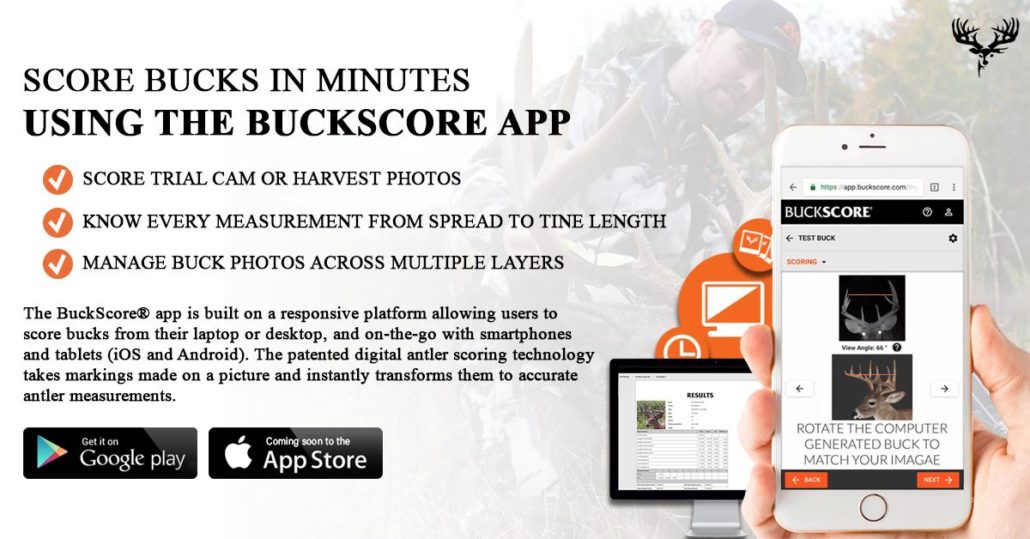It’s that time of year again! With sheds hitting the ground and your social media feed, you’re now begging the question… “when should I start shed hunting?” Determining when to shed hunt can be tough. Sure February and March are the months when you should shed hunt, but that doesn’t tell you exactly when to start looking. Will you be too late, resulting in chewed up antlers? Will you be too early, pushing bucks off the property before they shed? Understanding when to start might actually be simpler than you think!
When to Shed Hunt “GENERALLY”
When discussing how to time your shed hunt in the general sense, you need to know why sheds are hitting the ground when they are. The why and when are simple, the timing is based on photoperiod. Just like velvet development, the rut, fawn drop, and most things in a deer’s life, photoperiod tells a buck when they should drop their antlers. For most of us, that means the time to shed hunt is early February to March. However, outliers are always present…bucks that either drop very early or late even pushing into early April. Besides photoperiod, social stress, injuries, severe winters, or poor nutrition can and will affect the time of actual antler drop for a buck. The video below covers this and other factors you should consider when figuring out the dates you should start shed hunting your properties.
While the general information behind the shed process is good to know, it still doesn’t answer the question of when you specifically should start. The next section and video dives into the details beyond the general sense of shed hunting, and whether or not you should play it safe.
When Should You Start Shed Hunting?
The biggest consideration to make revolves around the attributes of your property. Do you have a big destination food source the deer are currently hitting? Is your property mainly cover, or the only “good” deer habitat in a landscape dominated by Ag fields? Is your property small with known buck bedding areas?
Each property is different, the best thing you can do is think logically through the benefits and cost associated with shed hunting early or late.
Review the following situations and take a look at the shed hunting recommendation for that situation.
Small Parcel
Reasoning: Under 50 acres or even under 100 acres is still considered small for a buck’s core area and habitat. An early shed hunt could kick the buck off the property, causing him to settle into a bedding area on a neighbor’s property.
Shed hunt timeframe: Late
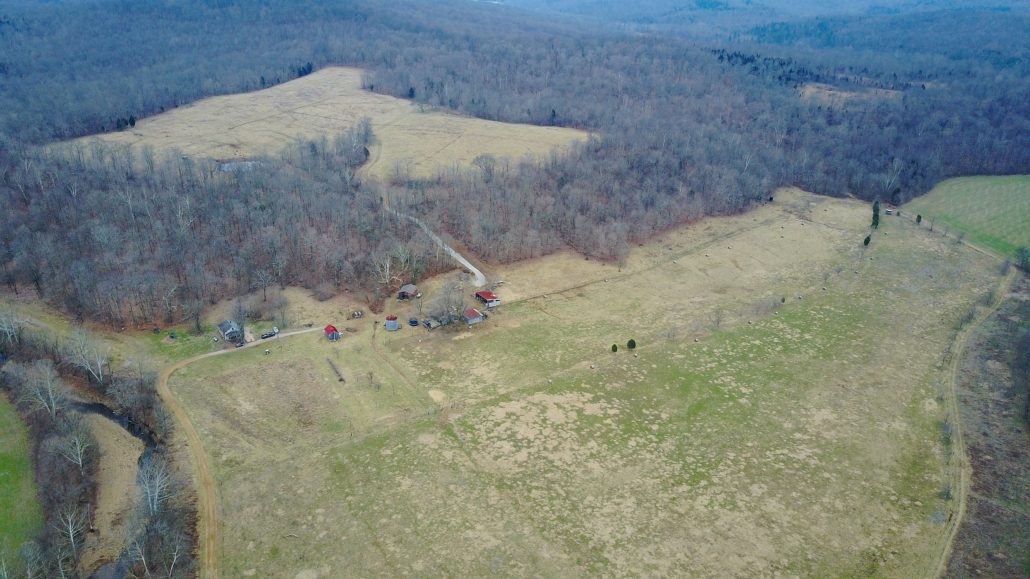
Property with Large Destination Food Source
Reasoning: Sheds drop where deer spend a fair amount of time. A large standing grain plot or plot with brassicas/cover crops will have sheds early into shed season. Shed hunting a food source during the late morning to mid-day hours could turn up sheds. More importantly shed hunting during these time frames normally does not disturb deer.
Shed hunt timeframe: Early
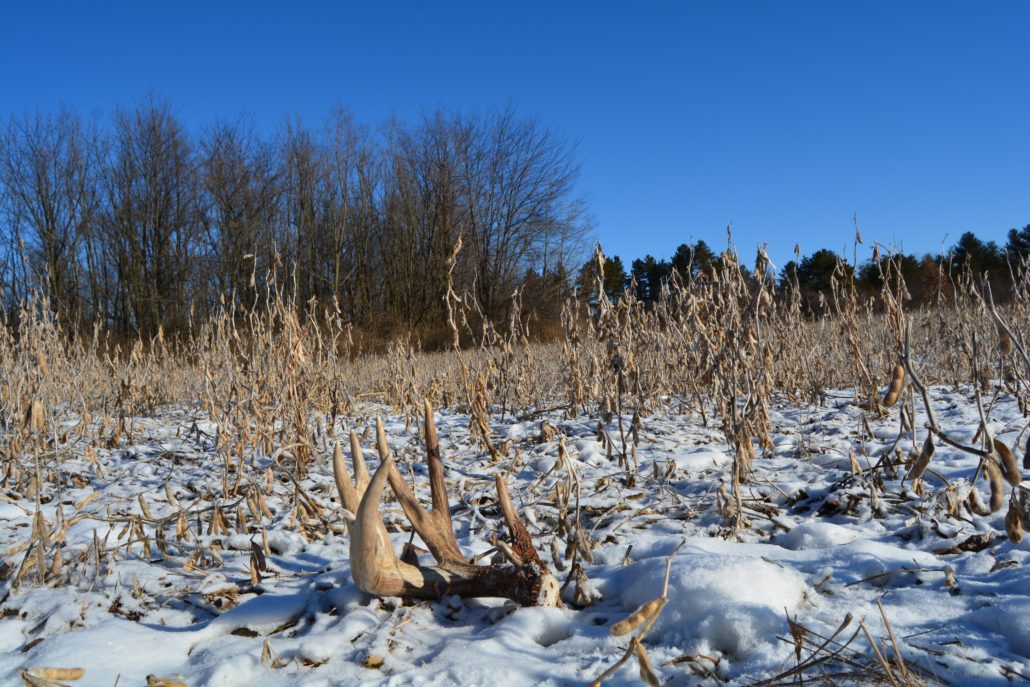
Property with Thick Cover
Reasoning: A property with thick cover, especially with sunny south slopes or thermal cover such as native grasses, is a great place to find sheds. Unfortunately, these types of properties take giant groups of people, shed dogs, or extensive searching that causes a major disturbance. For most properties, this disturbance should only come after the majority of deer have shed their antlers.
Shed hunt timeframe: Late
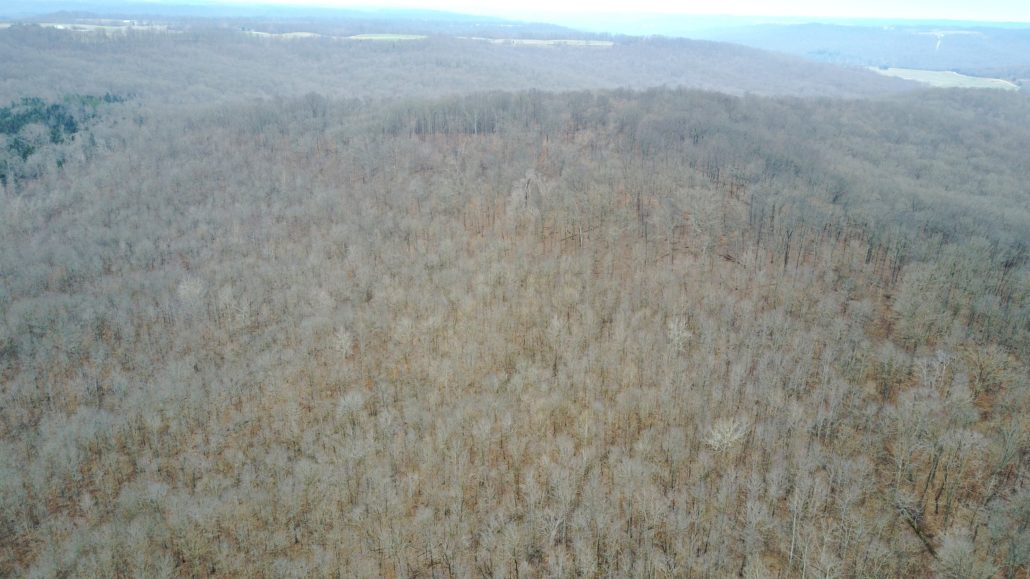
Balanced Habitat on a Big Property
Reasoning: if you hunt or own a decent sized property with a good balance of edge, crop fields, cover, and timber habitat, then you may be very unsure of when to start shed hunting. If this is the case, split your property up into sections. You can shed hunt early on the big food sources, but may want to hold off entering the woods, cover, and thick southern slopes until later into the year.
Shed hunt timeframe: Late or early dependent on area
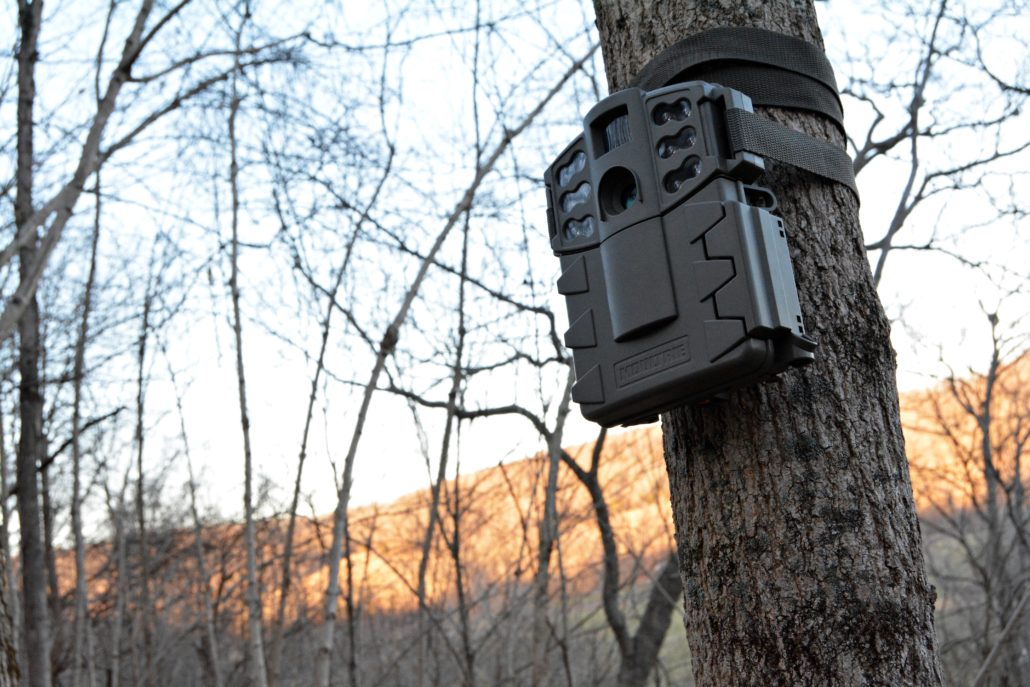
Using Trail Cameras to Figure Out When to Shed Hunt
If you want to find out exactly when most of your bucks have shed, or when a specific buck has shed, exploiting trail cameras will be your best tactic. By placing bait (if legal) such as corn in front of a trail camera, you can take inventory of your deer herd to figure out when the majority of bucks have shed their antlers. In the video below I walk you through how to figure out when to shed hunt using trail cameras. This video also reveals some opportunities to gain more insight into the deer herd’s demographics with a late season trail camera survey.
Trail Camera Setup for Shed Hunting
- Scatter trail cameras with 50lbs of corn (new corn every 2-4 days) in the best places for finding sheds like food sources and edges of bedding areas. Often trail camera density goes over 1/100 acres. This is in order to get more encounters and pictures over the entire property
- Use a 3-8 photo burst or video setting to narrow down which bucks are shedding and to identify bucks vs. does once shed.
- Run cameras until the last buck has shed and check trail cameras every few days to determine when to go shed hunting.
These tips should help you choose the perfect time to shed hunt. Each property is different and each buck is different. That perfect timeframe, before antlers are chewed up and just after they drop, is a small window. Knowing the science and some tactics to use to figure that time out is just part of becoming a better shed hunter and a better deer hunter.
Want to figure out what that buck scores based upon a trail camera picture? Score him with BuckScore! Simply add, draw, and measure the photo using the patented software and figure out what he scores. Find out more below!
